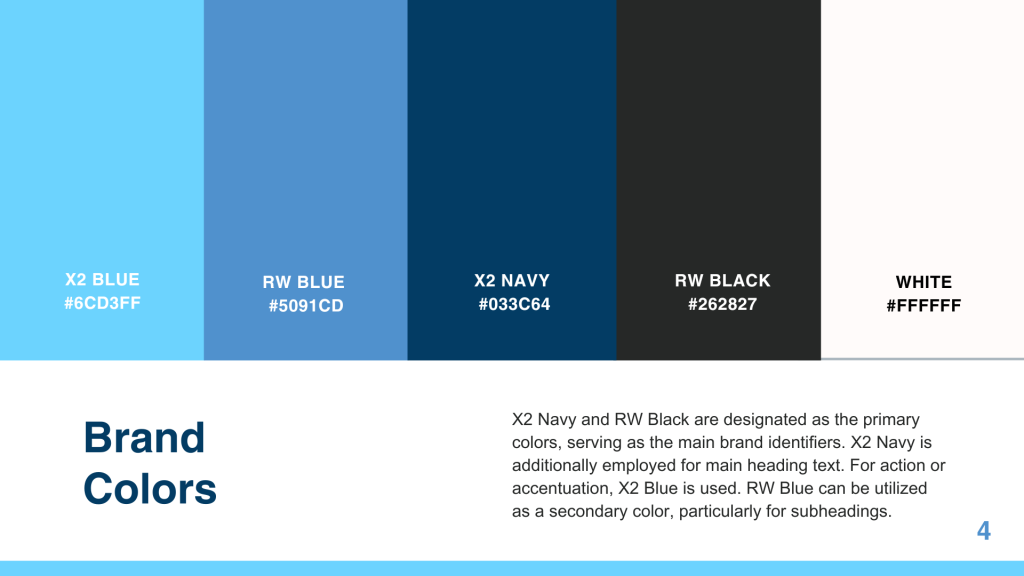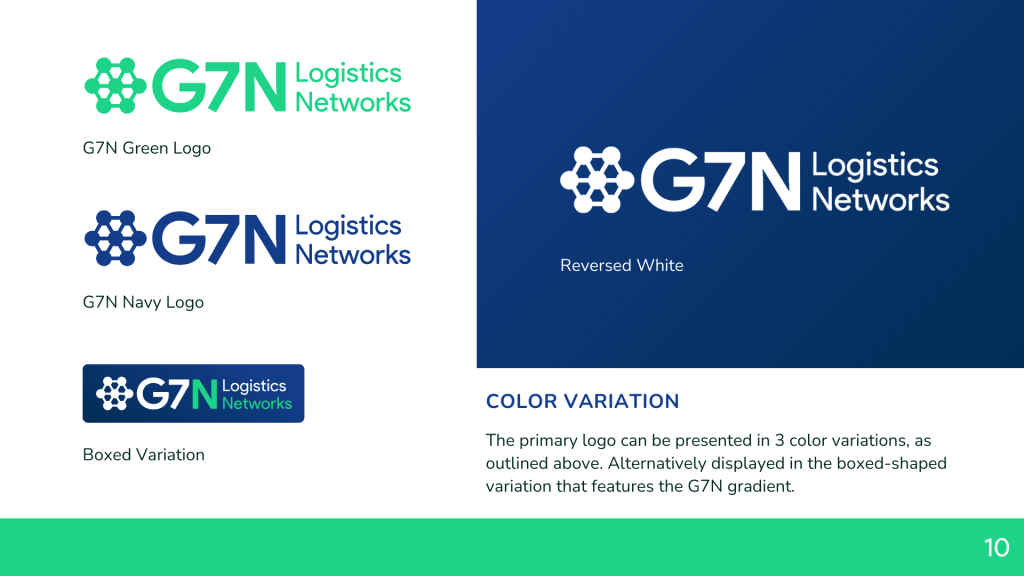Your small business needs a BIG brand to stand out in a sea of competitors all vying for your customer’s attention. How you portray yourself and your company (aka branding for your small business) is essential to building the trust you need before a prospect is willing to buy from you.
Getting seen (positively) in the marketplace is easy when you follow our five steps to building powerful branding for your small business:
Step 1: Know your customer
Before defining it, you must know your target customer in great detail. When you create branding for your small business, you must balance your values and beliefs and what your customers need.
This means developing a detailed customer persona. Your target customer persona should include:
- Demographics (age, gender, location, marital status…etc.)
- Buying habits
- Their pain points (ones that your business solves)
- What encourages repeat purchases?
- What encourages customer loyalty?
- Are they more receptive to a hard or soft sell?
- Are they more formal or casual?
If you are a B2B business, you should also understand more about the company itself, including:
- Who are the primary decision-makers?
- What’s their budget for your offering?
- What’s their typical buying cycle?
- What are their company goals?
- Have they bought from someone like you before?
As you develop your branding, keep your customer personas in mind. For each decision, ask yourself, “Would my target customer resonate positively with this?”
Step 2: Write your brand book
Our favourite part of the process is developing your brand elements and book. This will likely take a while and may be implemented over time. While every brand book (or brand guidelines) are different, here are the most common things to include:
Brand “feeling”
What feeling do you want the branding for your small business to evoke? Perhaps you’re a legal firm wanting your branding to portray trust and professionalism. You’ll likely want brighter, funner colours if you’re a community daycare. Natural health practitioners may want to evoke feelings of health and calm.
Knowing the feeling of your brand will help you design your branding elements to help portray that emotion.

This is an example of brand colours that we made for our client RW Solutions
Colour
Choose at least two or three colours for your branding. This usually includes a dominant colour and one or two primary colours. Use this free colour wheel tool from Canva to determine which colour combinations are the most pleasing to the eye.
Later, you’ll need to define when and where to use each colour.
Learn more about the psychology of colour in marketing.

This is an example of logo variation we made for our client RW Solutions
Logo
Develop a clear and concise logo that speaks to the brand feeling and colours you’ve already defined. Simple is usually better for logos as it makes your logo stand out on nearly any use or size you choose.
Here are some tips for designing a good company logo:
- Ensure your full company name is included.
- Ensure it looks good in full colour and one colour (such as white or black) for use when you can only use one colour, such as a watermark or embroidered golf shirt).
- Keep the design simple so it looks good in any size or format.
- Ensure it’s unique and memorable so you stand out.
Get 21 more logo design tips in this blog post from Upwork.
Other elements
Branding for your small business will likely include other brand elements and templates. Include samples of these in your brand book. You may need to include some or all of the following:
- Stock image selection choices
- Header and footer template
- Social media graphic templates
- “Swooshes” and unique marks, graphics, and symbols you’ll use
- Unique iconography sets

This is an example of brand voice we created for our client RW Solutions
Step 3: Develop your editorial voice
Once you have your visual, you need to develop your editorial (written and spoken brand). This will likely require adding editorial guidelines to your brand guide.
Your editorial brand can be as simple as 1 page or span multiple pages with examples and use cases for spelling, grammar, and word choices.
Here are some ideas of content to add to your editorial brand voice guide:
- Spelling, capitalization, and use of company-branded words (company name, products, packages…etc.)
- Canadian or US spelling
- Grammar rules you’ll be following (such as preferred date format or the use of the serial comma)
- Examples of call-to-action text
- Words to use and words not to use
- Tone of voice guidelines and examples
Include examples of each editorial rule to remove any ambiguity or confusion.
Step 4: Apply your brand
Next, you can begin applying your brand to your existing materials.
If you’ve already created brand materials (brochures, social media, and other content), you may want to consider a rolling rebranding over several weeks or months. If you’re a new company, start from scratch and consult your new brand guidelines often to ensure your content is consistent.
Step 5: Iterate and evolve over time
Your branding is not meant to be created once and used forever without being changed. All the world’s big brands (Apple, Google, Nike, and more) change their logos, colours, and persona at least every few years.
Take Mcdonald’s, for example. In the 80s and 90s, McDonald’s was known for its fun, bright red and yellow branding, with Ronald McDonald (and the gang) as their mascot. Today, their target audience has grown up, so their branding has grown up with them to include a more “sophisticated” brown and neutral colour scheme (in addition to the more subtle use of their red and yellow colours).
There are many reasons your branding may evolve:
- Your offerings have changed
- Your target market has evolved
- You’re creating new content types
- New competitors come on the market.
- Your website is outdated (usually more than 3-5 years old)
- You constantly hear, “I had no idea that was your brand!”
Where to get started developing your new or refreshed branding for your small business
Your business deserves a visually stunning, user-friendly website and a strong brand identity. This will help you effectively communicate your unique value proposition to your audience.
The picnic team of designers, developers, and marketers will work with you to develop a brand that aligns with your business goals and attracts more customers.
Ready to create your new, captivating brand? Contact us today for a custom quote to get started.




